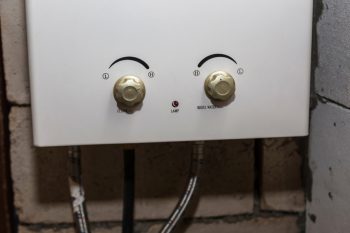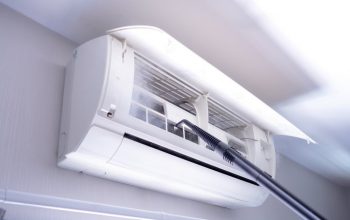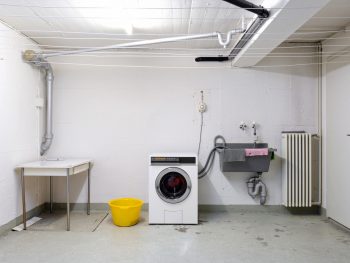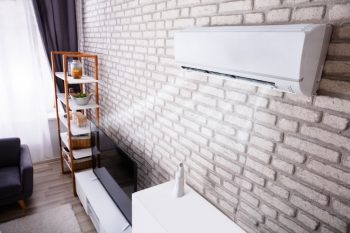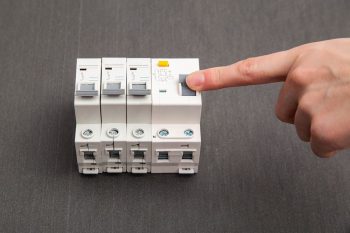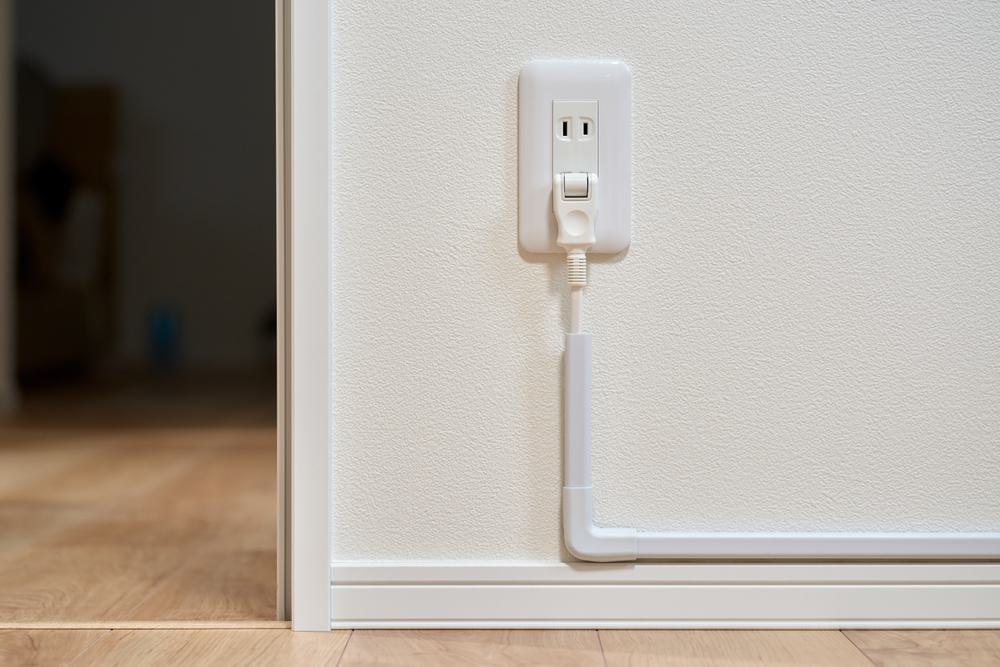
In the world of electricity, the term “AC 120V” is frequently used, particularly in North America. But what exactly does it mean? In this comprehensive guide, we will delve into the specifics of AC 120V, its use in home appliances, comparison with other voltage standards, safety precautions, and more.
AC 120V refers to a type of alternating current (AC) electrical power supply that is standard in North America. The “120V” indicates the voltage level, which oscillates between +120V and -120V. This is the common voltage used to power everyday appliances such as televisions, lamps, and microwaves in homes and businesses.
Understanding AC 120V
AC 120V refers to a type of alternating current (AC) electrical power supply that is standard in North America. The “120V” represents the voltage level, which oscillates between +120V and -120V. This alternating current is supplied to homes and businesses through the electrical grid, powering everyday appliances such as televisions, lamps, and microwaves.
Alternating current is different from direct current (DC), where the electric charge flows in one direction only. AC was chosen as the primary means to transmit electricity over long distances due to its ability to convert voltage levels with a single component – a transformer.
AC 120V in Home Appliances
In a typical home, the electrical power supplied is a split-phase system, where the power enters the home at 240 volts. This 240 volts is then split into two 120-volt halves, known as phases. The 120V outlets are used for most everyday appliances, while 240V outlets are reserved for larger appliances like washing machines and stoves.
AC 120V vs Other Voltage Standards
When compared to other voltage standards, like AC 240V, differences lie in their wiring and efficiency. A 120V outlet contains a 120-volt wire and a neutral wire, while a 240V outlet has two 120-volt wires and a neutral wire. In terms of efficiency, 240V AC supply is more efficient than 120V AC, as it transfers more power. However, 240V appliances consume more electricity compared to a 120V unit with the same load capacity.
Safety Precautions with AC 120V
When using AC 120V appliances, it is vital to follow safety precautions to prevent accidents. These precautions include unplugging appliances when not in use, avoiding overloading outlets, keeping appliances away from water, using insulated tools, and following safe installation practices.
Converting Appliances to AC 120V
If an appliance is designed for a different voltage, a voltage converter or transformer can be used to match the voltage requirements of the appliance to the supply voltage. However, it’s crucial to consider the wattage of the appliance when choosing a converter.
In conclusion, AC 120V is an essential part of everyday life in many parts of the world. Understanding its workings, uses, and safety precautions can help ensure safe and efficient use of electrical appliances in our homes and workplaces.
Frequently Asked Questions
What is the difference between AC and DC power?
AC (Alternating Current) and DC (Direct Current) are two different types of electrical current. AC current changes direction periodically, while DC current flows in one constant direction. The primary advantage of AC power is its ability to be transformed to different voltages relatively easily using transformers.
Why are larger appliances designed to run on 240V instead of 120V?
Larger appliances like washing machines and stoves use more power. A 240V supply is more efficient at transferring higher power, which is why it is used for these larger appliances.
Can all appliances be converted to run on a different voltage using a converter or transformer?
Not all appliances can be converted to run on a different voltage. It’s crucial to consider the wattage of the appliance when choosing a converter. If the wattage is too high, the appliance may not work correctly or could potentially be dangerous. It’s always best to consult with a professional electrician before attempting any conversions.
What happens if I plug a 240V appliance into a 120V outlet?
If you plug a 240V appliance into a 120V outlet, the appliance will not receive enough power to function properly. This could potentially damage the appliance, and in some cases, it could be dangerous. Always ensure your appliances are compatible with the voltage of your outlets.

